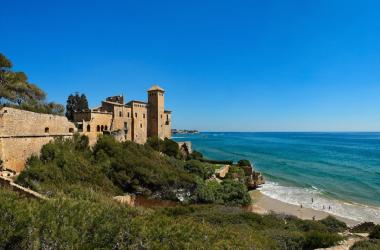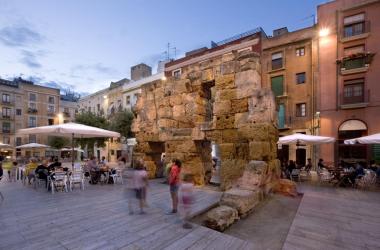Roman gastronomy
Ancient flavours, new techniques
Roman gastronomy, in the time of the emperors and the first stage of the Republic, was rather austere. The main dish on the table, generally the only one, consisted of a kind of porridge known as puls. A cereal-based preparation, as caloric as it was boring, for which the Greeks gave the Romans, with some derision, the nickname of polenta-eaters. With a bit of luck, a bug that had died, a few onions or some garlic, gave a little flavour to the mixture.
The figure of the cook
The conquest of Greece and the expansion across the Mediterranean and towards the East brought with it an extremely varied larder, a wealth of spices and the enhancement of the figure of the cook, who went from being the least valuable of the slaves to one of the most respectable professions during Imperial Rome. Pliny the Elder, author of Natural History, spoke of this fact: "Nowadays, cooks are bought for three times the price of a horse and fish for the price of three cooks". The arrival of the fishermen in port, then as now, was one of the most eagerly awaited moments of the day. The fish he was referring to were red mullet (Mullus surmuletus) and turbot.
The Roman diet
Tuna, sea bream, sea bass, octopus, prawns, oysters, and molluscs also formed part of the list of fish that the upperclass Romans consumed, as we have been able to find out thanks to the Fish Mosaic preserved in the National Archaeological Museum of Tarragona. This mosaic, which decorated a house in the Roman villa of Calípolis, in the municipality of Vila-seca, shows up to 47 species of Mediterranean marine fauna.
The other source we have of the diet of the Romans, apart from archaeological remains, is that provided by some of the great gourmets of the time, such as Marcus Gavius Apicius, to whom the recipe book De re coquinaria is attributed. Seasonality and proximity, the flagship of current culinary trends, were the basis of the cuisine: the Romans were happy to experience the arrival of the seasons and with them the arrival of certain products. Sauces such as the ubiquitous garum, prepared with fish offal, were the result of secondary exploitation. From allec, the lowest quality, to what was known as garum flower, which was packed in perfume bottles, this sauce was used to season many dishes, as well as having medicinal applications.
Techniques, ingredients, and customs
The culinary techniques they used are the same ones we still use today: the oven and the grill, or fermentation, pickling and salting to extend the life of a product beyond its season. Fortunately, we have lost the use of certain ingredients: flamingo tongue, ostrich brain, camel's heels or elephant trunk callus were considered delicacies. Some customs, more related to table decorum, have also been left behind. For example, eating with your back to the table, having to take your napkin with you when you were invited to eat - or alternatively, wiping it with breadcrumbs - or the loud and unpleasant burp after you had eaten your fill.











